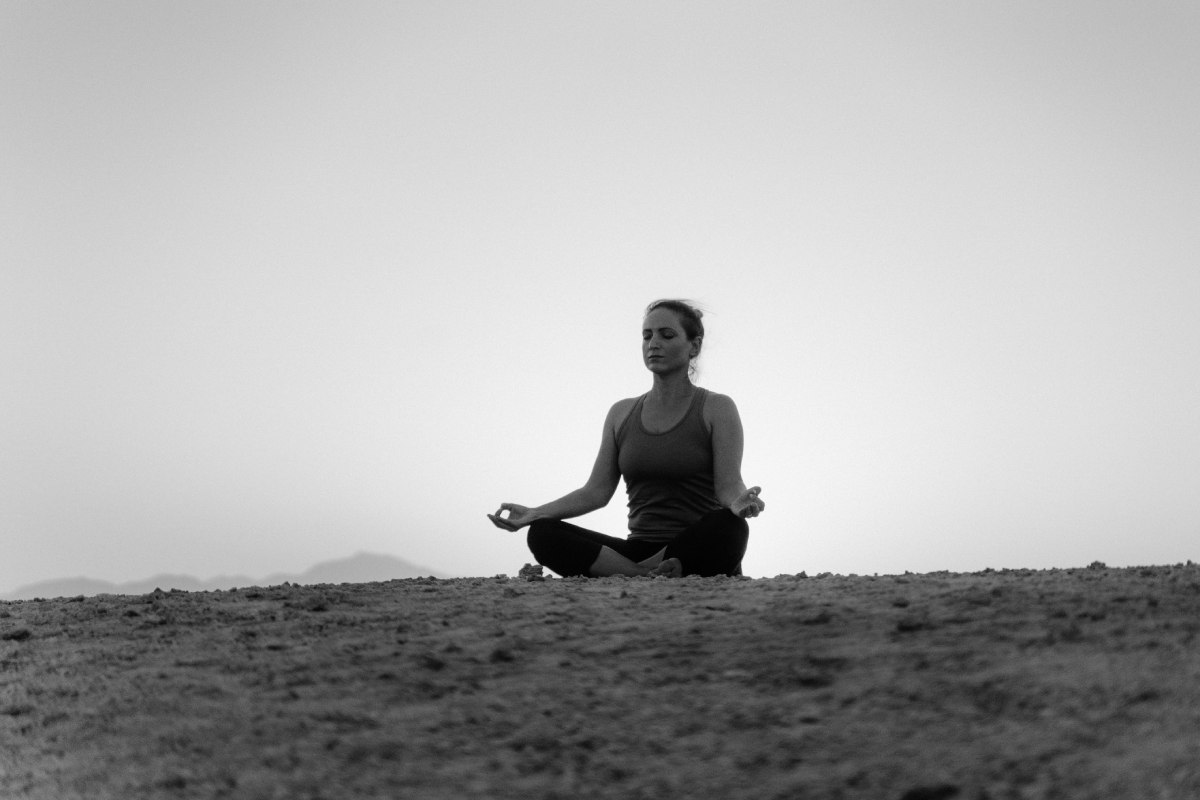TL;DR
- Meditation unfolds in five stages:
- Balancing the Body and Mind: Settling in and finding focus.
- Awakening Subtle Awareness: Noticing deeper sensations and emotions.
- Witnessing the Formless: Observing thoughts and sensations without attachment.
- Inner Communication and Insight: Gaining deeper understanding and emotional clarity.
- Integration and Non-Dual Awareness: Experiencing unity, peace, and effortless mindfulness.
- Each stage brings unique experiences and challenges.
- Progress is gradual—patience and consistency are key.
- The benefits deepen as you move through the stages, from stress relief to lasting mindfulness.
Introduction
Meditation is not just about sitting still—it’s a journey that unfolds in stages. Whether you’re a beginner or have some experience, knowing these five stages can help you set realistic expectations, understand your progress, and make the most of your practice. This guide breaks down the five stages of meditation in clear, practical language, so you can recognize where you are and where you’re headed.
Why Stages Matter in Meditation
- Natural Progression:
Meditation deepens over time. Recognizing the stages helps you see where you are and where you’re going. - Personal Growth:
Each stage brings new insights and benefits for your well-being. - Universal Experience:
While techniques vary, these stages show up in traditions around the world.
The 5 Stages of Meditation
1. Balancing the Body and Mind
What happens:
This first stage is about settling your body and mind. You find a comfortable position, relax, and bring your attention to the present.
What you might notice:
- Racing thoughts and distractions.
- Physical restlessness or discomfort.
- The challenge of simply being still and present.
Goal:
Develop basic focus and calmness.
How to practice:
- Sit comfortably, with your back straight but relaxed.
- Take a few deep breaths to signal to your body that it’s time to slow down.
- Allow your attention to rest on your breath or the sensations in your body.
2. Awakening Subtle Awareness
What happens:
As you continue, you start noticing more subtle sensations, emotions, and energies within yourself.
What you might notice:
- A sense of energy or lightness.
- Sharper intuition or emotional awareness.
- Moments of clarity or insight.
Goal:
Connect with deeper layers of your mind and body.
How to practice:
- After settling, gently scan your body for sensations.
- Notice any emotions or shifts in energy without trying to change them.
- Stay open and curious about what arises.
3. Witnessing the Formless
What happens:
You begin to observe thoughts and sensations without getting caught up in them. There’s a sense of spaciousness—like watching clouds drift across the sky.
What you might notice:
- Fewer thoughts, more stillness.
- A feeling of “just being.”
- Time may seem to slow down or disappear.
Goal:
Rest in pure awareness, beyond thoughts and forms.
How to practice:
- Let go of trying to control your experience.
- Notice thoughts and sensations as they come and go, without judgment.
- Return to your breath or chosen anchor whenever you drift.
4. Inner Communication and Insight
What happens:
You access deeper insights and communicate with your inner world. This can lead to creativity, understanding, or a sense of connection with something larger than yourself.
What you might notice:
- Intuitive insights.
- A sense of inner guidance.
- Emotional healing or release.
Goal:
Integrate insights into daily life and deepen self-understanding.
How to practice:
- Allow your mind to rest in stillness, noticing what surfaces.
- Welcome any insights or emotions with kindness.
- Consider journaling after your session to capture what you’ve learned.
5. Integration and Non-Dual Awareness
What happens:
All previous stages come together. You experience a sense of unity—body, mind, and awareness feel connected. Meditation feels natural, effortless, and part of who you are.
What you might notice:
- Profound peace and joy.
- A sense of oneness with your surroundings.
- Meditation “does itself”—no striving or effort.
Goal:
Live with ongoing mindfulness, compassion, and clarity.
How to practice:
- Let go of any sense of doing; simply be.
- Carry the awareness from meditation into your daily life.
- Notice how your reactions, thoughts, and emotions shift as mindfulness becomes more natural.
New to meditation? Start with these essential rules for a strong foundation.
Common Challenges at Each Stage
- Stage 1: Restlessness, racing thoughts
Tip: Focus gently on your breath; be patient with yourself. - Stage 2: Doubt, impatience
Tip: Trust the process and keep practicing. - Stage 3: Boredom, distraction
Tip: Accept the moment as it is; gently return to your anchor. - Stage 4: Overwhelm, emotional release
Tip: Practice self-kindness; consider journaling after sessions. - Stage 5: Complacency, losing mindfulness in daily life
Tip: Use reminders and regular reflection to stay present.
Learn how each stage impacts your brain and emotional well-being.
Tips for Progressing Through the Stages
- Be Patient: Progress is gradual. Celebrate small shifts.
- Stay Consistent: Even short, daily practice makes a difference.
- Reflect Regularly: Notice how your mood, focus, and reactions change over time.
- Seek Guidance: Books, teachers, or meditation groups can offer support and inspiration.
- Let Go of Expectations: Each session is unique. Allow your experience to unfold naturally.
Benefits of Advancing Your Practice
- Reduced Stress: Each stage brings greater calm and resilience.
- Improved Focus: Your mind becomes clearer and more attentive.
- Emotional Balance: Deeper stages help you process and release emotions.
- Sense of Connection: Many people feel more connected to themselves and others.
- Lasting Mindfulness: The final stage helps you carry awareness into every part of life.
Simple Routine to Experience the Stages
- Find a Quiet Spot: Sit comfortably and close your eyes.
- Settle In: Take a few deep breaths, relax your body.
- Notice Thoughts: Observe your mind’s activity without judgment.
- Tune Inward: Notice subtle sensations, feelings, or intuitions.
- Rest in Awareness: Let go of trying. Simply be present.
- Reflect: After your session, notice any insights or changes. Consider journaling or simply lingering in the calm you’ve created.
See how progressing through the stages supports lasting transformation.
Conclusion
Meditation is a journey through different stages—each with its own gifts and challenges. Wherever you are, every stage is valuable and part of your growth. Start where you are, trust the process, and let your meditation unfold naturally. Over time, you’ll discover a deeper sense of peace, clarity, and connection—both within yourself and with the world around you.




